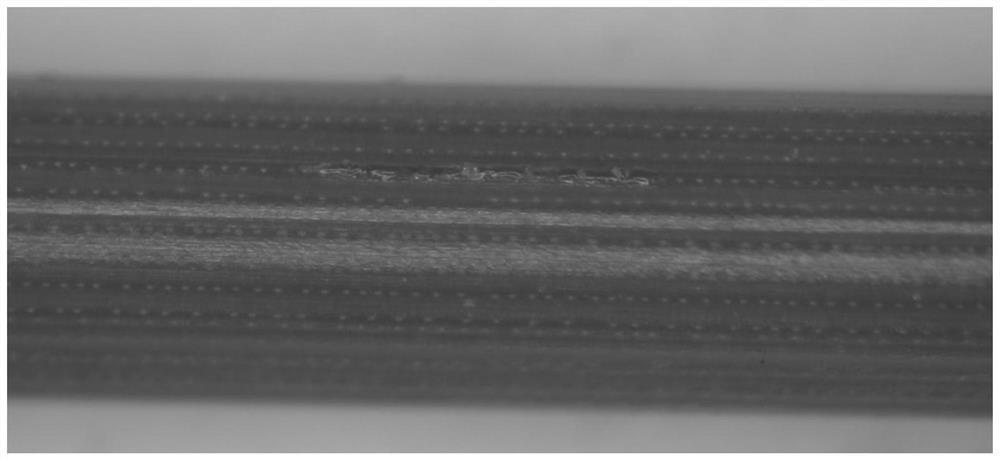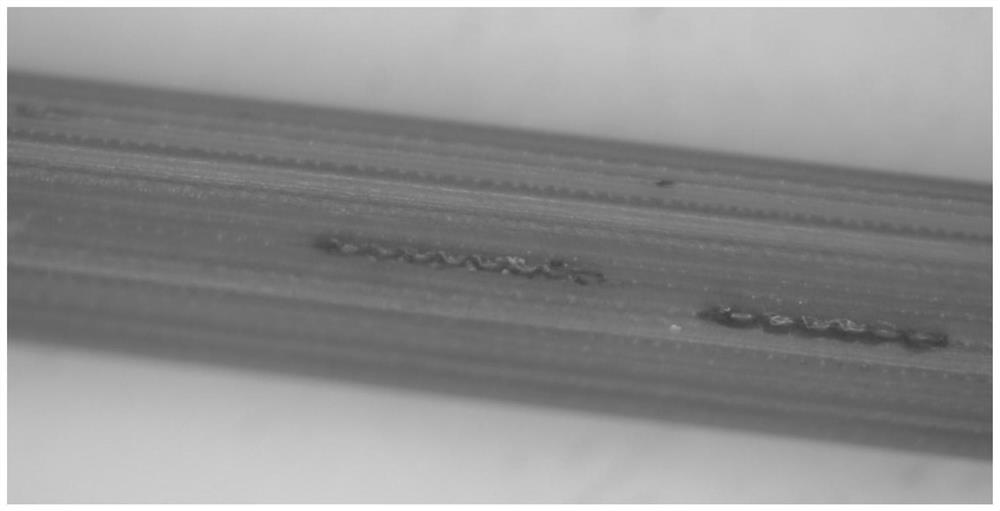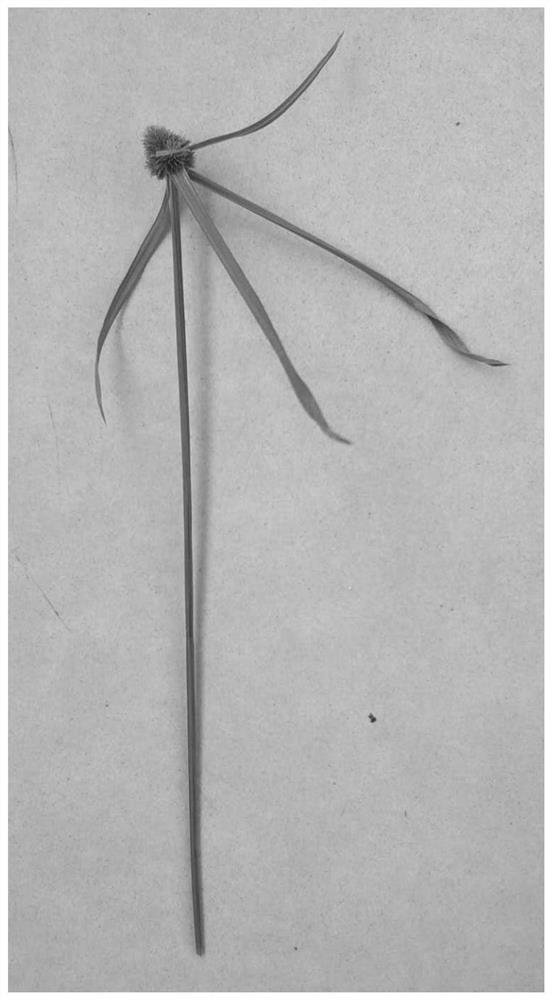Artificial cultivation method for Anagrus nilaparvatae
A technique of artificial breeding of rice lice wasps, applied in animal husbandry, etc., can solve the problems of insufficient control of rice planthoppers, insufficient natural population of rice lice bees, etc.
- Summary
- Abstract
- Description
- Claims
- Application Information
AI Technical Summary
Problems solved by technology
Method used
Image
Examples
Embodiment 1
[0027] A method for artificially cultivating rice lice (Anagrus nilaparvatae) comprises the following steps:
[0028] 1) Preparation of rice seedlings: use the first plastic tray to plant rice seedlings, and after 40 days of growth, transfer them to the first insect cage for raising brown planthoppers (Nilaparvata lugens);
[0029] 2) Raising of brown planthopper: in the first insect cage, at a temperature of 26-28° C., a humidity of 70%, and under the conditions of sunlight or LED light cycle L:D=14:10, the rice seedlings of step 1) are used to raise brown planthopper;
[0030] 3) Preparation of the oviposition substrate of brown planthopper: sow the seeds of broken rice sedge (Cyperus iria L.) or water centipede (Kyllingabrevifolia Rottb) in the second plastic tray, at a temperature of 26-28 ° C, a humidity of 70%, under sunlight or LED Grow under the condition of light photoperiod L:D=14:10, and use a concentration of 4.0×10 after bolting -5 eicosane (C 20 h 42 ) soluti...
PUM
| Property | Measurement | Unit |
|---|---|---|
| Aperture | aaaaa | aaaaa |
Abstract
Description
Claims
Application Information
 Login to View More
Login to View More - R&D
- Intellectual Property
- Life Sciences
- Materials
- Tech Scout
- Unparalleled Data Quality
- Higher Quality Content
- 60% Fewer Hallucinations
Browse by: Latest US Patents, China's latest patents, Technical Efficacy Thesaurus, Application Domain, Technology Topic, Popular Technical Reports.
© 2025 PatSnap. All rights reserved.Legal|Privacy policy|Modern Slavery Act Transparency Statement|Sitemap|About US| Contact US: help@patsnap.com



